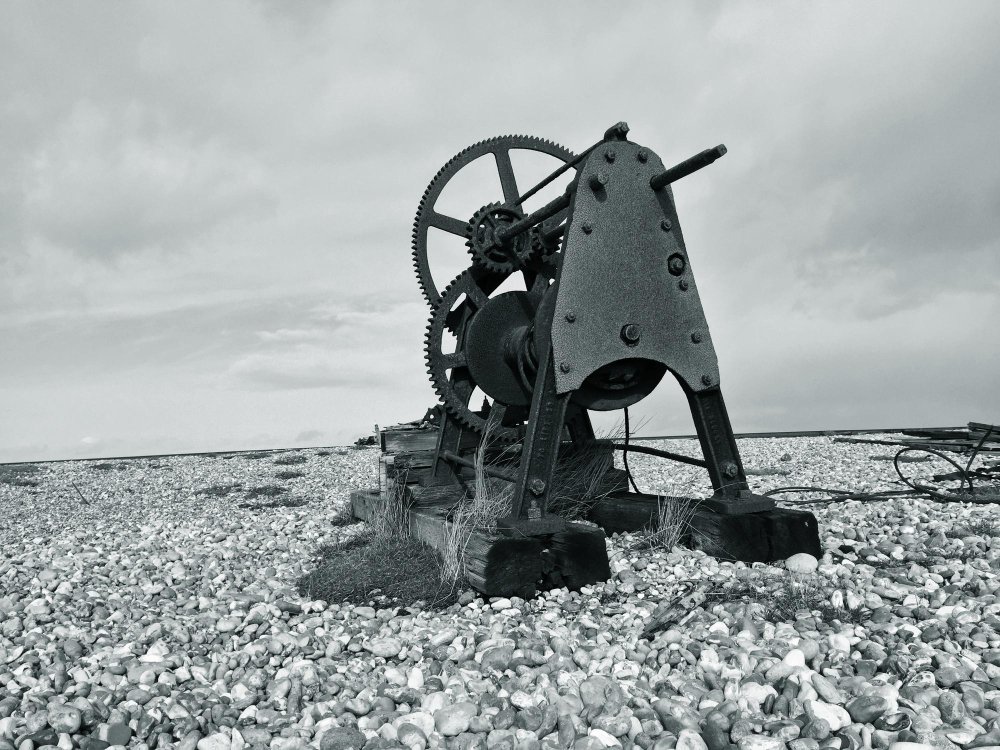
Subsea applications, especially in industries like oil, gas, and renewable energy, demand highly reliable and durable gear systems. These systems help transmit power and motion efficiently, enabling critical machinery to operate smoothly even in the harshest underwater conditions. As offshore technology continues to advance, so does the role of gear systems, which need to withstand extreme pressures, corrosive saltwater, and challenging environmental factors. This article will explore the role of gear systems in subsea applications, highlight the latest technological advancements, and discuss the factors that ensure their reliability and efficiency.
What Are Gear Systems in Subsea Applications?
Gear systems are essential in subsea applications for transferring mechanical power to various equipment like pumps, valves, and other machinery, often powered by electric motors. These systems work by using gears to transmit motion and power from one shaft to another, which helps adjust speed, torque, and direction. In subsea applications, these gear systems must be compact, durable, and capable of handling significant torque without failure.
Since these gear systems operate at great depths under high pressure, they must be able to function efficiently in these extreme environments where maintenance is limited. The components of these systems must be designed to withstand high mechanical stress and corrosion, ensuring long-term reliability.
Key Considerations for Subsea Gear Design
When designing gear systems for subsea environments, several factors must be taken into account to ensure that the systems are safe, reliable, and efficient:
By considering all these factors, engineers can design gear systems that perform reliably even in the most demanding subsea environments.
Challenges Faced by Gear Systems in Subsea Environments
The subsea environment is far from ideal for many mechanical components, and gear systems face a variety of challenges that must be addressed for optimal performance:
Latest Technological Advancements in Subsea Gear Systems
In response to these challenges, the subsea industry has seen many technological advancements in gear systems. These innovations focus on improving efficiency, durability, and reducing maintenance needs. Here are some of the key advancements:
1. Advanced Materials for Corrosion Resistance
To combat the corrosive nature of seawater, gear systems are increasingly made from high-strength stainless steel, nickel alloys, and corrosion-resistant coatings. These materials provide enhanced protection against corrosion, enabling gear systems to operate for longer periods without maintenance, even in the harshest subsea environments.
2. Sealed and Lubricated Gearboxes
To prevent water from entering gear systems, advanced sealing technologies are used. These systems are designed to be fully sealed, protecting the internal components from damage. Additionally, they employ high-performance lubricants that can withstand both extreme pressures and low temperatures, ensuring smooth operation under challenging conditions.
3. Direct-Drive and Gearless Systems
Another innovation in subsea gear technology is the development of direct-drive systems. These systems eliminate the need for traditional gearboxes by directly coupling the motor and load. This results in fewer moving parts, reducing mechanical losses and the need for maintenance. While gear systems are still necessary for high-torque applications, direct-drive systems are gaining traction in applications that require simplicity and minimal upkeep.
4. Compact and Lightweight Designs
As subsea operations demand smaller, more efficient equipment, subsea gear systems are becoming more compact and lightweight without sacrificing performance. By optimizing gear ratios and reducing unnecessary components, manufacturers have succeeded in designing smaller systems that still deliver the same high levels of torque and power, all while reducing the overall weight of the equipment.
5. Condition Monitoring and Smart Gearboxes
With the rise of Industry 4.0 and the Internet of Things (IoT), gear systems are becoming “smarter.” Subsea gear systems are now being equipped with sensors that provide real-time data on operational parameters such as temperature, pressure, and vibration. These sensors enable predictive maintenance, allowing operators to identify issues before they cause system failures, ultimately reducing downtime and operational costs.
The Future of Gear Systems in Subsea Applications
Looking ahead, the future of gear systems in subsea applications is focused on precision, efficiency, and automation. Key trends include:
These technologies aim to further enhance the performance, efficiency, and cost-effectiveness of subsea gear systems, making them more reliable and capable of meeting the growing demands of deepwater operations.
Conclusion
Gear systems play a crucial role in the operation of subsea applications, ensuring that critical machinery functions effectively in the most extreme underwater environments. With advancements in materials, sealing technologies, lubrication systems, and condition monitoring, gear systems are becoming more reliable and efficient than ever before. As subsea operations continue to evolve, gear systems will remain at the heart of the technology that powers oil, gas, and renewable energy extraction, ensuring that these industries can continue to thrive safely and sustainably.